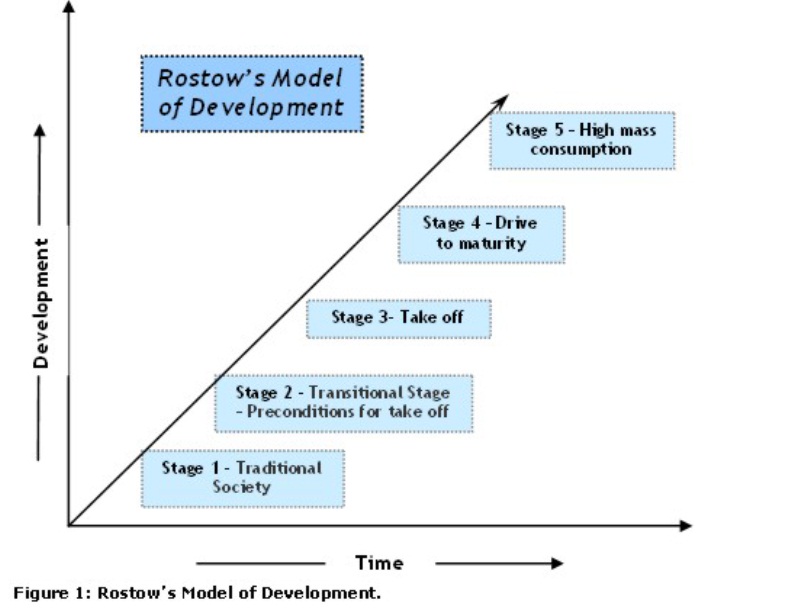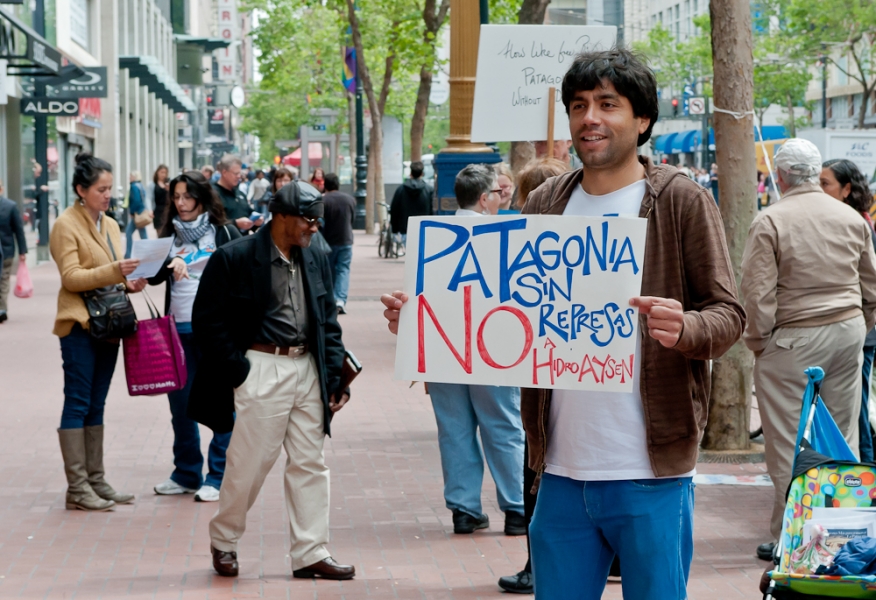introfuction
In 2006, amid a national energy crisis, Chilean utility companies Colbún and Endesa S.A. announced a joint venture called HidroAysén, a hydroelectric project proposing to construct five megadams on the Baker and Pascua rivers in Chile’s southernmost region of Patagonia. The majority of the Chilean public opposed the project
on environmental and social grounds, particularly in Patagonia itself through the Patagonia sin Represas (Patagonia without Dams) social movement. The Chilean national government supported HidroAysén throughout the 2010 to 2014 Sebastian Piñera administration, despite growing public outcry over problems with the project’s environmental impact assessment (EIA) and controversy over the political
approval process. Social movements in opposition to the project attempted to challenge HidroAysén, both though formal political channels and outside of them. Patagonia sin Represas built an international coalition against the dams, Consejo de Defensa de la
Patagonia (Defense Council of Patagonia), which brought worldwide recognition to the conflict and increased domestic pressure on the Piñera administration. On numerous occasions, thousands of Chilean citizens marched in protest in the capital city of Santiago, and solidarity protests occurred in other cities throughout Chile and the world.
In 2012, the conflict reached its apex as Patagonia erupted in protest The Movimiento Social por Aysén (Social Movement for Aysén), spearheaded by Patagonia sin Represas, incorporated 20 smaller social movements fighting for regional autonomy. The protests in Patagonia escalated to the point where the Piñera administration sent the Carabineros gendarmerie force to the regional capital of Coyhaique in order to quell them. This heavy-handed response further galvanized public opinion against the dams.
Modernization Theory
In order to understand the narrative of modernization and its impact on
development projects such as HidroAysén we must consider its goals, its basic tenets, and its policy prescriptions. In the wake of World War II, Harry Truman challenged Western industrialized countries to “embark on a bold new program for making the benefits of our scientific advances and industrial progress available for the improvement and growth of underdeveloped areas. In an effort to foster the goal of international development, modernization theory sought to uncover the process by which “traditional” societies could develop into “modern” societies. Classical modernization theory was broad in its scope, attempting to provide an “all encompassing theory of development” that naturally led to political and economic modernity characterized by free market economics and democratic governance. In evaluating the success of development, modernization theory primarily considers economic growth, as measured by gross domestic product (GDP).
For modernization theorists, economic modernization is intimately tied to democratic governance. In 1959, Seymour Martin Lipset established a correlation between economic modernization and democratization in his seminal work, “Some Social Requisites of Democracy”. Since Lipset’s initial assertion, the correlation between economic development and democratic governance has become one of the best-supported theories in social science. Despite the strength of Lipset’s correlation, classical modernization theorists had difficulty explaining the causal process by which traditional societies modernized. Early
theories suggested underdeveloped countries could follow the example of developed countries, emulating their path to modernity. Walt Whitman Rostow’s Stages of Economic Growth: A Non-Communist Manifesto famously proposed a model of political and economic transition beginning with a “traditional society” that meets preconditions
for takeoff through economic growth, as agricultural economies shift towards industrialization and political and social attitudes change accordingly. When a state has “effectively applied the range of modern technology to the bulk of its resources,” it enters the “drive to maturity,” eventually transitioning to an “age of high mass consumption”

figure 1
Modernization’s Policy Prescriptions
The conceptual perspective of modernization theory seemed to provide a clear set of policy steps, collectively known as neoliberalism, which would bring development and progress to the third world. At the heart of modernization theory is the assumption that economic growth fostered by free market economics will encourage democratization. If
free markets naturally led to “modern” societies, then market liberalization must be the fundamental concern of development policy. At its core, neoliberalism constitutes “the range of state, capitalist and social practices that allow the extension of the commodity form into all areas of life.” Essentially, neoliberalism argues for the application of classical liberal economics on a global scale. The conceptual perspective of modernization theory seemed to provide a clear set of policy steps, collectively known as neoliberalism, which would bring development and progress to the third world. At the heart of modernization theory is the assumption that economic growth fostered by free market economics will encourage democratization. If free markets naturally led to “modern” societies, then market liberalization must be the fundamental concern of development policy. At its core, neoliberalism constitutes “the range of state, capitalist and social practices that allow the extension of the commodity form into all areas of life.” Essentially, neoliberalism argues for the application of classical liberal economics on a global scale. The Washington Consensus was so named because it was often applied through Washington D.C. based IFIs, most notably the World Bank (IBRD) and the International Monetary Fund (IMF). The World Bank is a United Nations (UN) IFI that offers low interest loans to developing countries, typically for large-scale infrastructure projects, or “megaprojects”. Its Articles of Agreement stipulate these loans must promote foreign investment and international trade. The IMF provides loans to assist states in paying off their sovereign debt. These loans are conditional upon structural adjustment programs that mandate adopting the Washington Consensus policy framework
https://books.google.com/books/about/HidroAysen_and_Patagonia_Sin_Represas.html?id=bkPfjgEACAAJ


